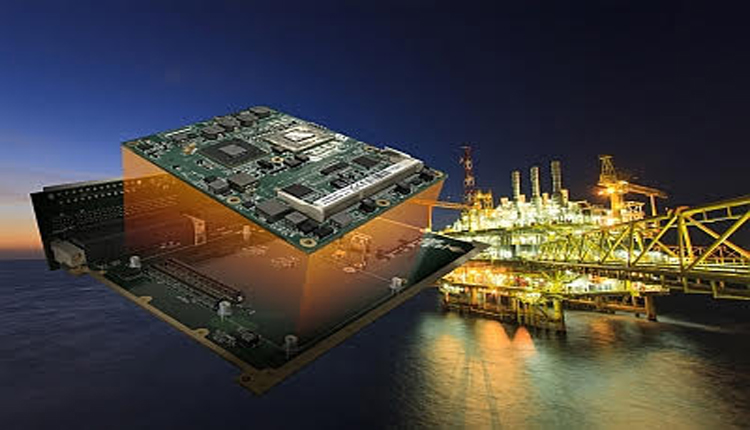Congatec – a vendor of standardised and customised embedded computer boards and modules – introduced a new rugged class of embedded edge server technologies designed for digitisation of the upstream and midstream oil and gas industry. Both sectors are characterised by distributed assets and infrastructures in harsh environments and require ultra-robust embedded platforms for the digital transformation that offers huge cost savings.
“The International Energy Agency estimates that digitisation can reduce production costs in the oil and gas sector by up to 20 percent. According to auditing and consulting firm PWC, there is great potential for savings through more efficient maintenance and better operation of assets. There is also further potential for savings in the supply chain, through the use of artificial intelligence and integrated platforms that connect organisations with external partners,” explains Diethard Fent, Manager Sales Partner EMEA at Congatec.
“By digitising these processes, companies in the upstream and midstream sectors can potentially save up to $1 trillion in capital and operating costs. Realising this potential requires extremely robust embedded edge server technologies such as those offered by Congatec. Our IoT and solution-ready system platforms for solution providers, system integrators and end users are based on these technologies,” said Martin Frederiksen, oil and gas computing expert and Managing Director of Diamond Point.
In order to meet the requirements of the upstream and midstream oil and gas industry, the new embedded edge computing platforms are designed for extended temperature ranges, with optional conformal coating to protect against the effects of salt water or condensation caused by large temperature fluctuations.
In addition, they offer comprehensive server class RAS (reliability, availability, serviceability) features that enable OEMs to reliably manage thousands of devices remotely. As multi-core designs with currently up to six cores and a particularly low 25W TDP, they are suitable for completely fan-less and therefore maintenance-free 24/7 operation in hermetically sealed housings with the highest IP protection classes. Virtual machines based on RTS hypervisor technologies allow optimal utilisation of existing computing resources by partitioning the various tasks – including local real-time control requirements as well as over Tactile Internet. Another benefit of this virtualization option is the fact that these new platforms are also perfectly tailored to build cost efficient universal Customer Premises Equipment (uCPE). Such open standard hardware equipment is characterised by hosting telecom network functions at the customers edge IT including Software Defined Networks (SDN) and Network Functions Virtualisation (NFV).

